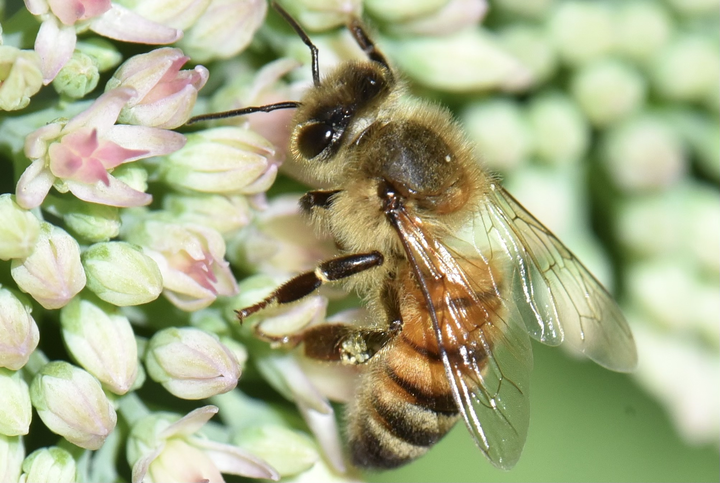As spring approaches, there can be various things to look forward to, such as warmer weather and the blooming of flowers, but for those who experience pollen allergies, spring can make one feel stuck with a long sickness. As pollen levels are only increasing, there is some concern that these levels could affect how much pollen people are exposed to, which could risk higher and more intense allergy symptoms.
It’s a common misconception that flowers are the typical cause of pollen allergies. However, according to Allergist-Immunologist Julie McNairn, the most common type of pollen tends to be from the trees, grasses and weeds. They produce small pollen grains that are light enough to float through the wind, unlike flower pollen, which requires birds and bees to carry them.
Immunoglobulin E (IgE) is an antibody produced by the immune system that can trigger allergic reactions. According to McNairn, people who are allergic to plants such as ragweed, birch trees or timothy grass produce an IgE that is specific to proteins in that pollen grain, creating an allergic reaction known as allergic rhinitis or “hay fever.”
“In terms of [symptoms of] pollen allergies, that’s often things like sneezing, runny nose [or] itchy eyes,” McNairn said. “In other words, the body’s trying to eliminate the pollen, so it creates tears to get the pollen out of the eyes, increased nasal mucus to get it out of the nose, etc.”
Researchers expect pollen emissions to increase 40% by the end of the century. This growth in pollen is not coincidental, with studies showing that climate change is a major factor leading to a higher pollen count. Plants depend on sunlight and carbon dioxide, and with the yearly rate of carbon dioxide increasing 100 times faster these last 60 years since the end of the ice age, this in turn affects the pollen count.
“I’ve been outside a lot for sports practice, and every day I get back home and I’m really sniffly and stuffy,” sophomore Lexi Greeley said. “I have seen a lot more physical examples of pollen just floating in the air around me.”
The increase in pollen can impact certain health conditions as well, such as asthma. According to McNairn, the pollen grains have to be slightly smaller in order to elicit an asthmatic reaction.
“[Pollen grains are] all microscopic, so large is all relative,” McNairn said. “But people who have more poorly controlled allergic rhinitis can be more prone to having asthma.”
While Massachusetts isn’t one of the most heavily affected states in pollen count when compared to the rest of the nation, there is still a significant increase that is being felt around WHS. Whether students are struggling with asthma or not, seasonal allergies can still elicit a severe allergic reaction.
“I don’t keep all the [seasonal allergies] data that long, but have noticed the increase in seasonal allergy visits,” WHS Nurse Tim Bryant said.
While it may feel like pollen is everywhere to some, there are some things that can be done to limit the amount of pollen in homes and on clothes. According to McNairn, there are three concepts in order to combat the side effects of pollen allergies. This includes the avoidance of allergens, medications such as nasal sprays, antihistamines and eye drops, along with allergy injections to build up a tolerance of allergens with a gradual exposure.
“[To avoid allergens you can do] things like shut your windows, run air conditioning, don’t hang your wash outside to dry, wear a hat and sunglasses, masks, etc,” McNairn said.



























